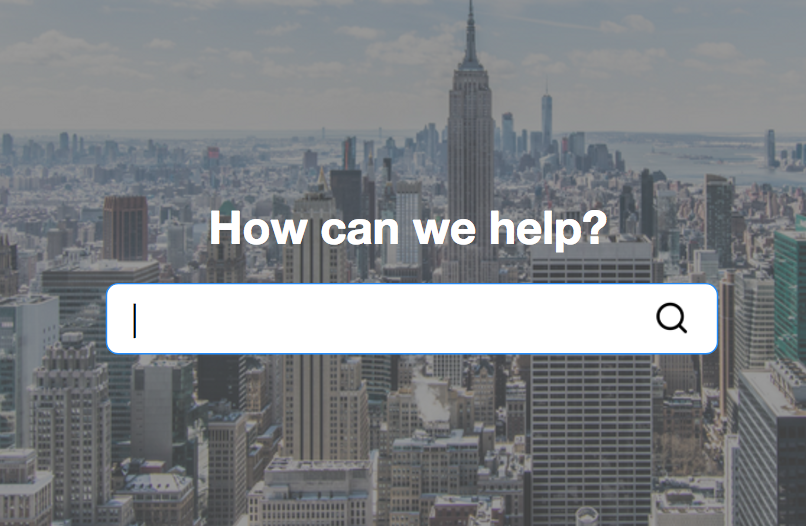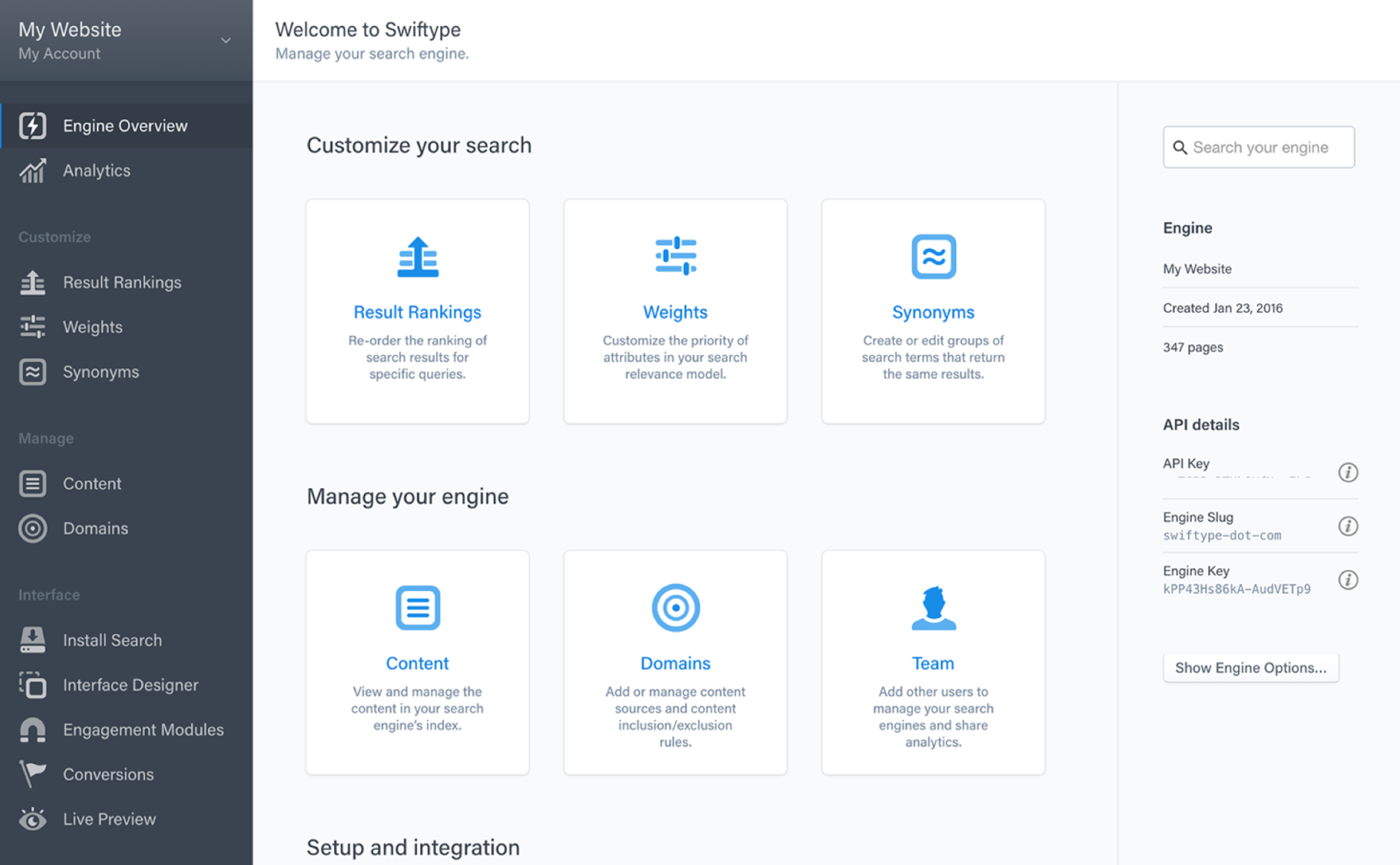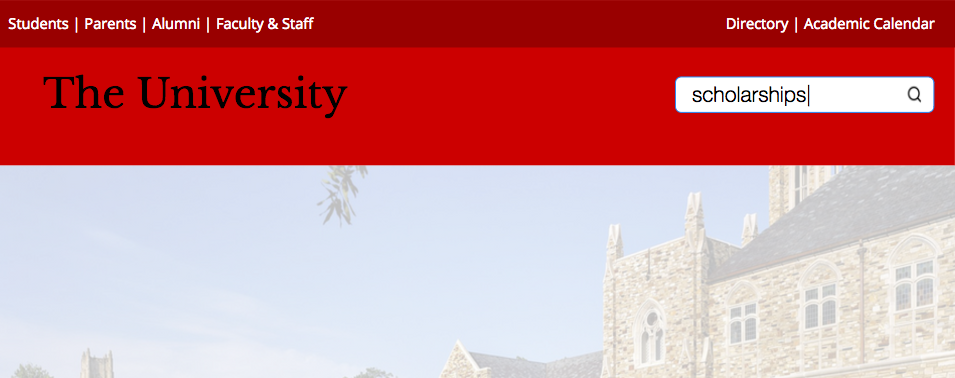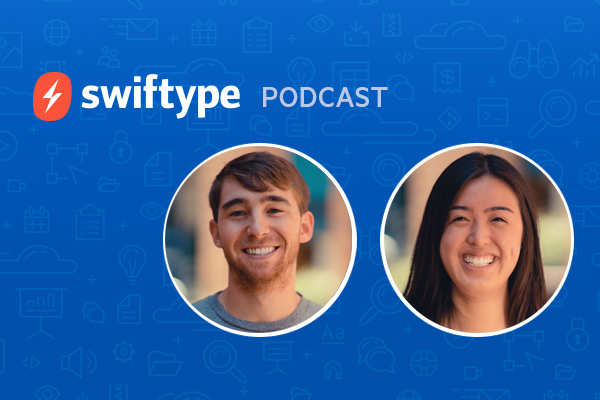A visitor lands on your site. Now what?
Congrats, you’ve succeeded in driving a prospective customer to your website. Although most first time visitors to your site are not ready to buy (approximately 96%), you have a huge opportunity to educate them and create a future buyer.
Now that you have someone on your website, you need to make sure they can quickly understand what your product does and whether it is relevant to them. As for navigating your website, this new visitor will likely take 1 of 3 actions:
- Click a link on your navigation bar
- Click a CTA on the page they landed on
- Go to your search bar and enter exactly what they’re looking for
As a marketer, you want to make sure you think through each of these customer journeys. According to Aberdeen Group, 39% of marketers say that promotion and discovery of content is a top challenge. No doubt, it can be difficult to show the right content at the right time to push a potential lead down the funnel so every bit of effort spent improving your conversion rate is worth it.
Website visitors who utilize site search
Here at Swiftype, we think a lot about search, so I’d like to really focus on the third customer pathway that I highlighted: when a customer decides to use your search bar. Over the past 15 years, Google’s powerful search engine has made searching second nature for many people and other leading tech companies like Amazon and Facebook are centering their products around search.
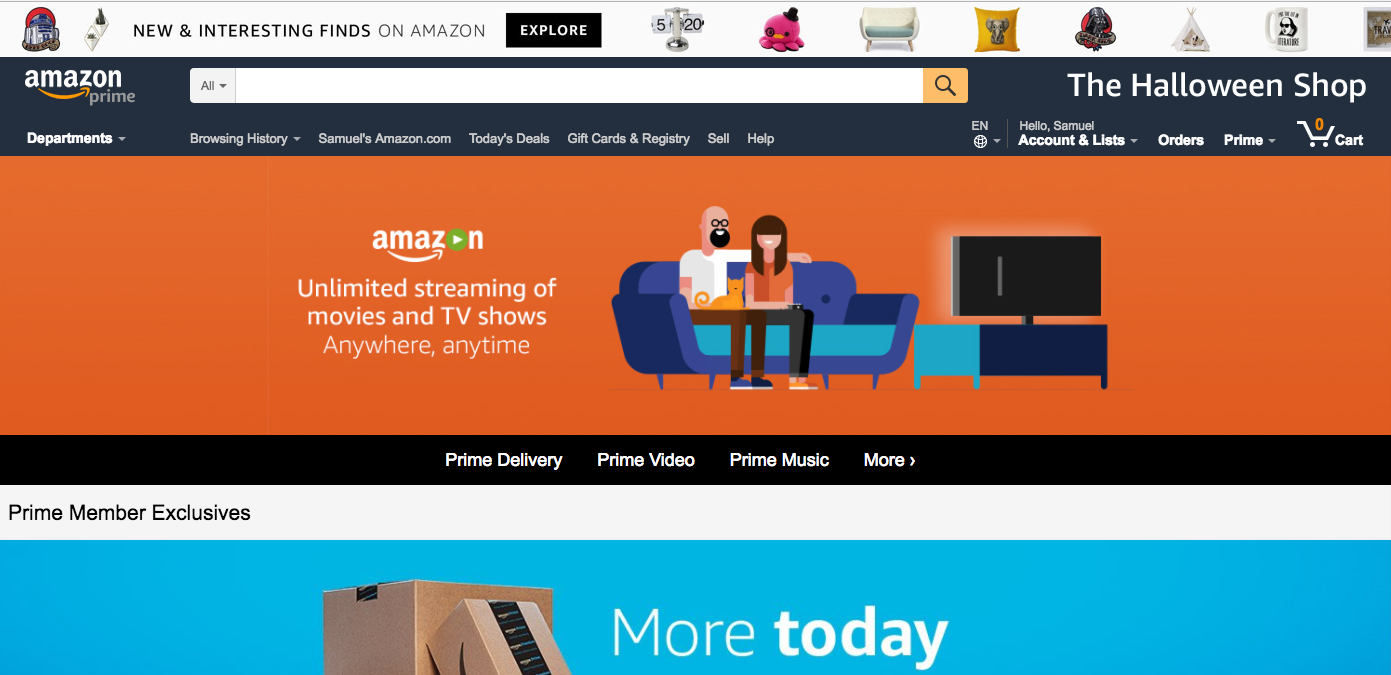
Search done well is an extremely flexible and intuitive way to navigate a product or website, and it’s also a huge source of valuable data that can, among other things, signal macro trends and help companies to improve user experience.
Site search for marketing websites
As for companies that do search well on their marketing websites, let’s take a look at HubSpot’s website. HubSpot is a B2B SaaS company that builds marketing and sales software primarily for SMBs. They are well known for their effective inbound marketing strategies, and they’ve done a great job with their marketing website, including the site search feature.
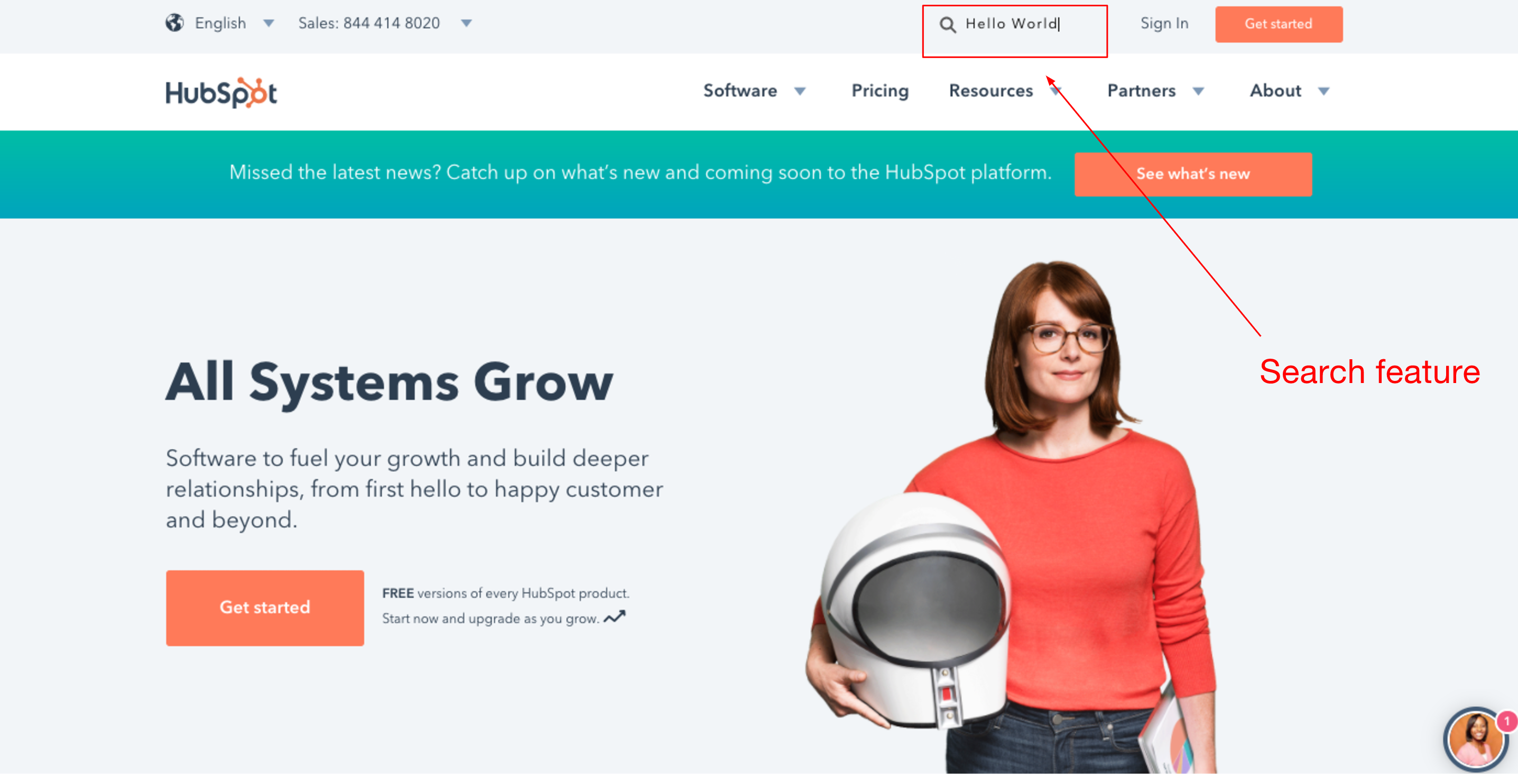
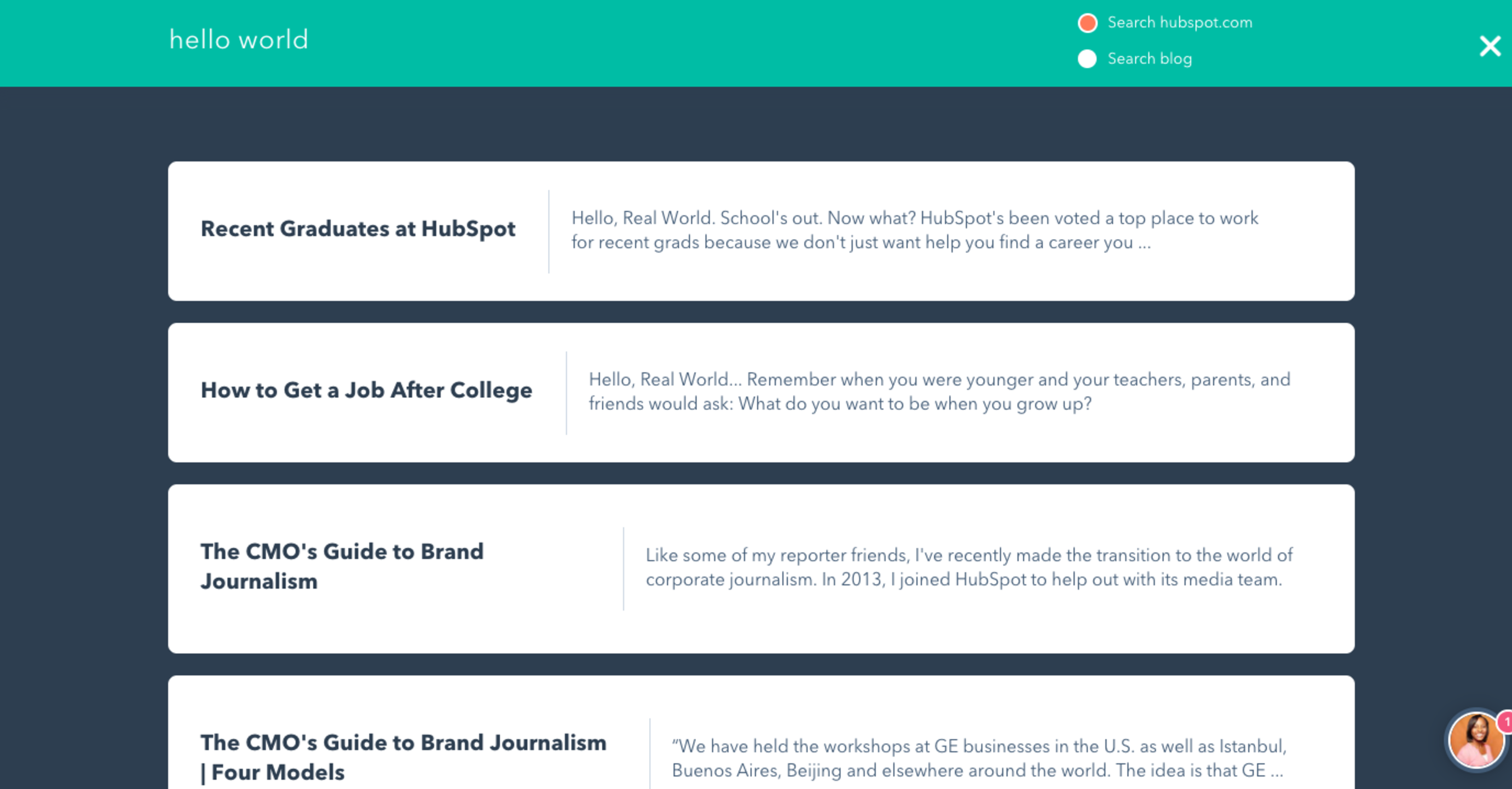
It’s clear that HubSpot has made sure that the experience for website visitors who want to utilize search is optimized. And for good reason.
Website visitors who perform a search are 216% more likely to convert than visitors who don’t.
Why is site search so important?
Website visitors who perform a search are 216% more likely to convert than visitors who don’t. When a visitor searches for anything on your website, it is a strong sign of intent. For one, you know they’re interested enough in your product to try and learn more and two, you know exactly what they are searching for.
When visitors utilize search on your website, you want to make sure they can easily find what they’re looking for. If they can’t, they will use Google to search your site at which point you will lose all control of your potential customer’s journey. If one of your competitors outranks you on Google for certain topics, it’s likely that your new website visitor will end up on your competitor’s website.
The benefits of great site search
Aside from helping your website visitors to find what they’re looking for, site search is also a great source of actionable data. You can use search analytics to determine:
- Volume of search queries
- Popular search queries
- Queries returning no results
- CTRs on search results
There is a LOT you can do with this information. At Swiftype, one big way we’ve seen our customers utilize search analytics is for data-driven content development. They look at what their website visitors are searching for that is returning no results, and then they create content to fill those voids.
By pinning their highest converting content to the top of the search results for relevant queries, companies can boost conversions and ultimately increase revenue.
Since the Swiftype Site Search Solution features a drag-and-drop interface for ranking results on a query-by-query basis, it’s easy for companies to make changes, and they have full control over their site search experience. The drag-and-drop interface also makes it easy for companies to optimize their search conversion rates for popular queries. By pinning their highest converting content to the top of the search results for relevant queries, companies can boost conversions and ultimately increase revenue.
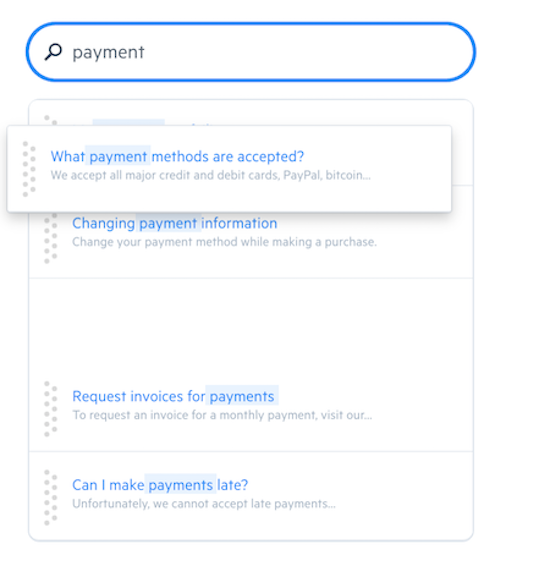
Getting started with Swiftype Site Search
To get started with Swiftype, you just enter your website’s address and Swiftype will index your site and create your search engine in real-time. No coding is required, but developers can use the API for extra control. Swiftype can index any amount of content and new content is indexed automatically, so your search is always up-to-date.
A free trial makes trying Swiftype risk-free
Want to try out Swiftype Site Search for your website? You can sign up for a free trial here.

